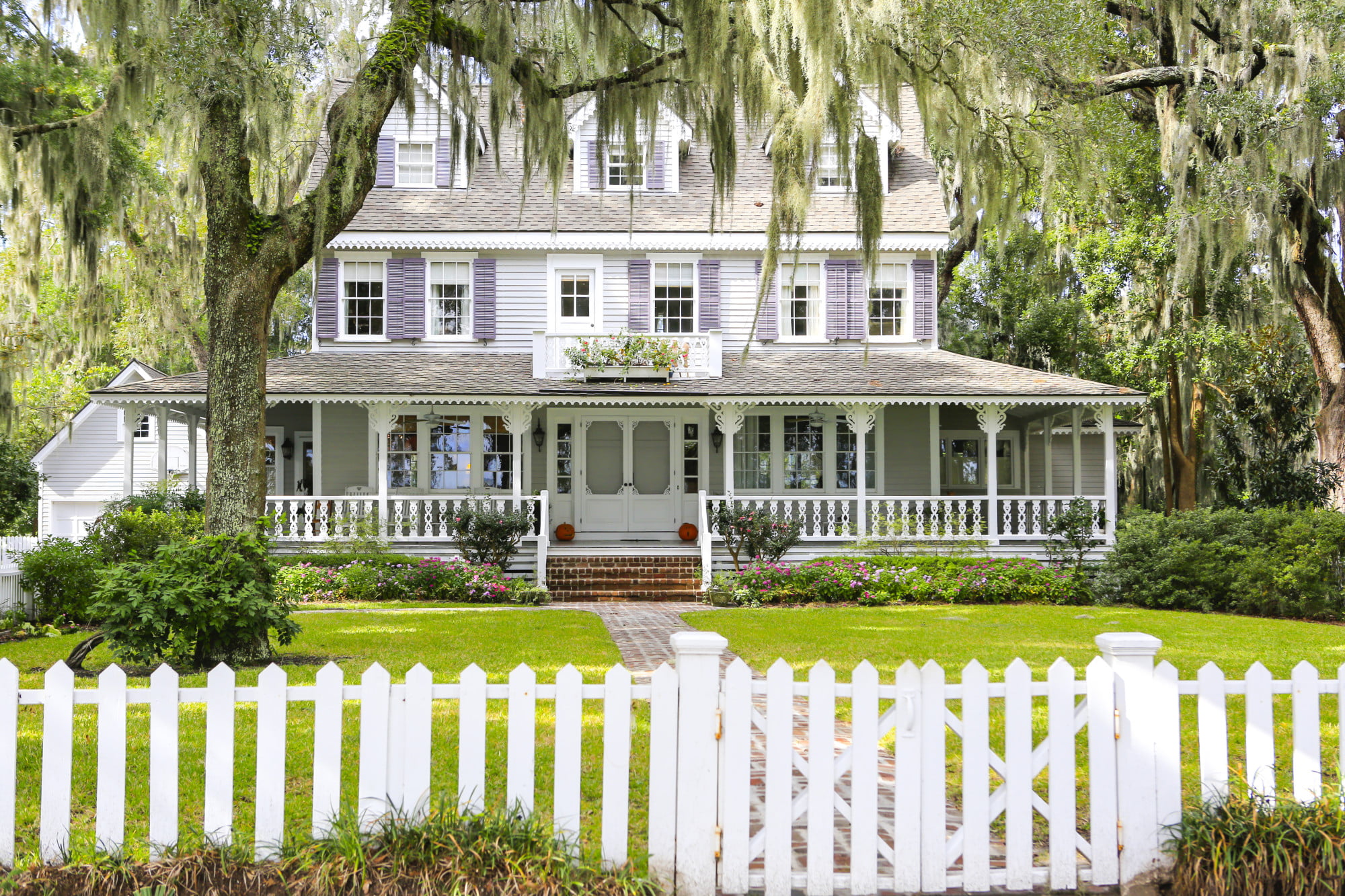Close your eyes and picture your dream home. What do you see?
For some, it might be a brand new home. But for many of us, our dream home is something full of character. An older home that captures the charm of a bygone age.
Around 12.3% of all American homes were built prior to 1940, so there are many older homes out there. But buying a character house is about more than just good bones.
Let’s take a closer look at 7 key things you should know about buying an older home.
1. Make Sure It Really Has Good Bones
When we talk about good bones in connection with a house, we mean that it has solid basic systems in place. This means that the electrics, plumbing, and mechanical systems are all present and correct. Also, it needs to be structurally sound.
As you can discern, working out if a place really has good bones is more than looking at the cosmetic. You may love the design and the floor plan. Maybe you can see the potential to fit it out just how you want it.
But if there are serious structural issues, you could end up buying a money pit. Worse still, you could end up spending more money than the finished property is worth.
Our advice? Call in experts to certify that those ‘good bones’ are really what they seem to be!
2. Check Out the Electrics
An older home often equals antique electrical systems.
Most homes built before 1960 will have an old electrical fuse box. This is not up to modern standards and needs to be replaced. If the house you’re looking at has one, get a quote for electrical panel installation.
Getting this fitted early will keep you safe, save you time, and save you money. It will also allow room for expansion as you remodel or extend the house.
3. Check Out the Plumbing
If we’ve learned anything from watching ‘This Old House’ it’s that older homes sometimes come with dodgy plumbing.
If the pressure’s not great, or the water heater’s a little cranky, you might be able to live with that for a while. But more serious problems, such as leaks and systems that just don’t work, need attention right away.
Before you buy, make sure you’ve calculated the cost. Have a thorough home inspection that assesses the plumbing systems. Face facts before you sign on the dotted line.
4. Period Details Make the Difference
The charm of older homes is their period detailing.
Many older homes come with stunning original hardwood floors. They may feature exquisite crown molding and solid wooden staircases.
Look carefully at the joints in the staircase and baseboards. You may see that they have dovetail joints. These traditional techniques have largely given way to faster and cheaper methods.
The fact is that you just can’t replicate these features in a modern house. So you need to weigh up the additional expenses involved, with the undoubted rewards of living in a character property. If you plan to make this your forever home, it could be well worth it.
5. Get a Roof Inspection
If you have a dodgy roof, everything beneath it is at risk.
Some older homes have excellent slate roofs. These can last for a hundred years or more if they are properly maintained. But other older properties may have poor quality roofs in place.
Get a roofing expert to undertake a thorough roof assessment. If there are roofing issues, make them your top priority when you buy the house. Whatever else needs to be done, the roof should be done first.
It’s also important to check out the windows. You will run into serious issues with moisture, mold, and freezing temperatures indoors without good windows.
6. Ask Before You Act!
If you buy an older home, it doesn’t just belong to you. It’s part of the history of the community.
If you want to paint it bright pink, you’ll probably find the town has something to say about that. In fact, even if you want to make much more minor changes, you need to check local bylaws first.
Before you buy your house, check out local restrictions. These may be set by the local municipality, or by a historical society. Remember, their aim is to preserve the look of the neighborhood.
That may mean that a major remodel is simply not an option.
7. Investigate Home Owners Insurance
There are many factors that can affect the cost of homeowners insurance. The fact is that insurance companies are all about risk. An older home equals higher risk.
For example, an older home may have old wiring. It’s probably packed with combustible materials that would never pass modern building codes. If it has old plumbing, it will be more susceptible to flooding and water damage.
This means that you might have to do some serious research to find the right policy for you. Make sure to call or search online for several quotes before deciding which is right for you. And avoid the temptation to buy a lower level of coverage than you really need.
Get a House with Good Bones – And More!
If you get a house with good bones, it doesn’t matter if the decorations are awful. You can see beyond them and create something truly unique. Something that could be your forever home.
There are so many older home benefits that you just can’t put a price on. You’re living in part of your community’s history. Just don’t be afraid to call in the cavalry of experts to make sure you buy the right older home.
Have you enjoyed this article? We’re so pleased! And we’ve got plenty more where that came from.
Head over to our Household section today. We’ve got lots more great tips on making your home a dream home.




